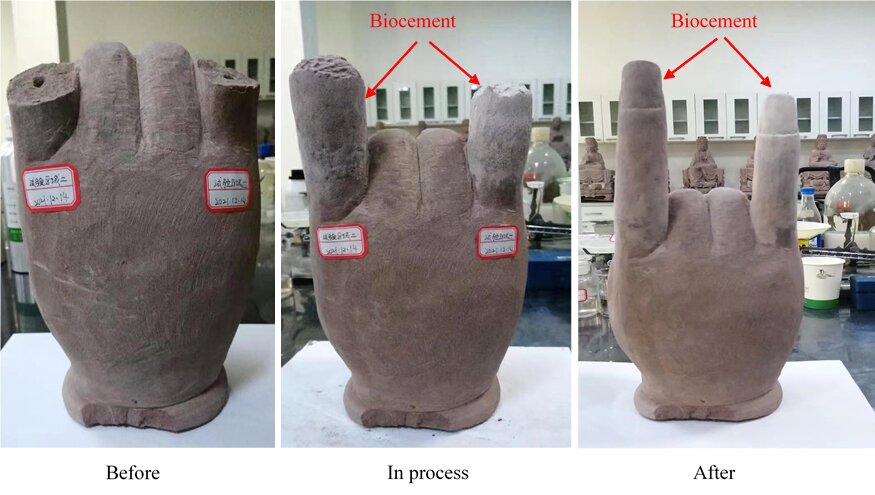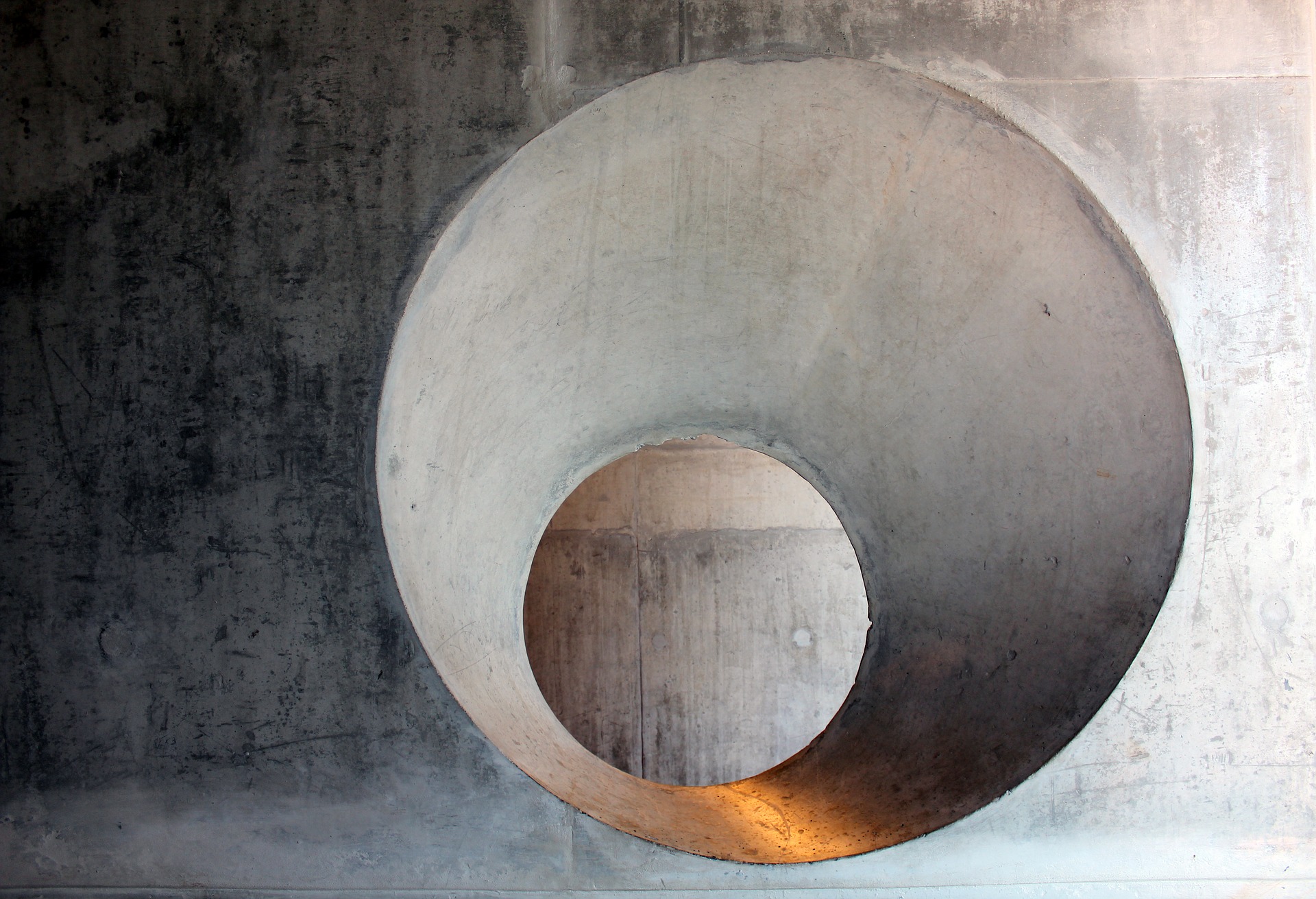Finding alternative and sustainable solutions for finite resources is one of the world’s greatest challenges. A lot of products are made with finite resources like limestone – once it’s used, it’s gone. That’s why scientists from Nanyang Technological University, Singapore have developed biocement from waste streams.
The production uses carbide sludge, a waste material from the chemical industry, and urea, the main ingredient of mammal urine, together with acid and bacteria to produce biocement. The bacteria and acid are present to break down the urea and carbide, respectively, to form calcium carbonate.
Calcium carbonate is naturally found in marble, limestone, and chalk and precipitates in water to form a hard solid. When this precipitation takes place in the presence of soil, the biocement binds the soil together and makes it stronger than in the case of regular cement.
In addition to the greater strength of biocement, it is colorless. The cement becomes the color of the rock, sand, or soil it is mixed with, and therefore the biocement can be used for restoring ancient monuments and artifacts. Next to this, the biocement can be used for soil improvement, soil hardening, and controlling beach, dust, and wind erosion, among other regular applications for cement.

Another advantage of the biocement over regular cement is the lower energy necessity and lower carbon emissions of the production. In regular cement production, the raw materials need to be heated to over 1000 degrees celsius, which uses a lot of energy and emits a lot of carbon dioxide. The biocement can be produced at room temperature without burning anything. Last but not least, using waste streams as raw materials decreases the cost for both biocement production and waste disposal. We should start reshaping our value of waste to create a circular economy where throwing things away becomes a rarity.

Share your thoughts and join the technology debate!
Be the first to comment